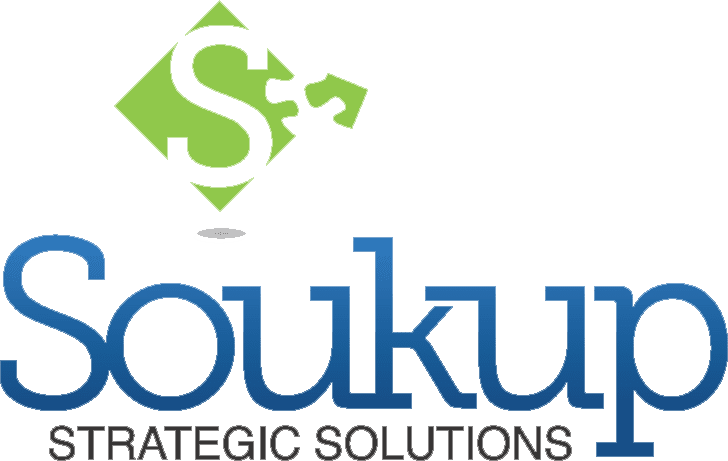The Executive Director and Board relationship is vital to your nonprofit’s success, mission alignment, and long-term impact. When this partnership is strong, it empowers effective governance, clearer strategic direction, and more sustainable growth. Unfortunately, many nonprofits struggle to define the right balance of roles, responsibilities, and communication between these two critical leadership bodies.
By cultivating trust, leveraging complementary strengths, and aligning around shared goals, organizations can avoid common pitfalls and unlock greater potential. The sections that follow explore how a well-functioning Executive Director and Board relationship contributes to success—and offer best practices to help nonprofit leaders foster collaboration, accountability, and mission-driven leadership.
How the Board Supports the Executive Director’s Leadership
A diverse, experienced, and motivated Board can provide invaluable support to your nonprofit’s Executive Director. The following areas illustrate how a strong Board enhances Executive Director effectiveness:
- Feedback and direction: Every nonprofit faces pressure to chase funding or respond to shifting community needs. However, when opportunities drift from the mission, they can dilute your organization’s impact. The Board plays a critical role in helping the Executive Director stay focused and mission-aligned by offering honest, mission-driven guidance.
- Expanded network: Board members bring unique, far-reaching networks that extend your nonprofit’s visibility. By tapping into these connections, the Executive Director can amplify the organization’s successes and reach new potential supporters and collaborators.
- Sounding board for support and encouragement: The Executive Director is often juggling complex responsibilities. Board members—removed from day-to-day operations—can offer perspective, encouragement, and insight into challenges the Executive Director may not see clearly. This support helps prevent burnout and ensures better decision-making.
- Leadership for major change: As your organization grows, strategic decisions become more complex. Whether implementing a strategic plan or navigating major transitions, the Board and Executive Director must work together. Some initiatives are led by the Executive Director alone, but many require joint leadership to move the organization forward.
- Skills and expertise: An effective Board offers a range of skills tailored to your mission. Depending on your nonprofit’s focus, this might include healthcare professionals, educators, or real estate experts. Most Boards benefit from having legal, financial, and business expertise—such as lawyers, accountants, and bankers—available to the Executive Director.
- Fundraising capacity: Diverse revenue streams are essential for growth. Whether through events, grants, or donor relationships, Board members can support the Executive Director in making the ask, leading campaigns, and cultivating donor engagement.
Best Practices for a Strong Executive Director and Board Relationship
Recognizing the power and influence that Board members can bring to your Executive Director’s leadership, it’s essential to be intentional about who joins your Board and how they’re supported. Thoughtful recruitment is just the beginning. Once the Board is established, the next step is ensuring it embraces governance best practices that foster a strong, productive Executive Director and Board relationship.
Communication and Trust
- Open and transparent communication: Foster a culture where the Executive Director and Board share information honestly and consistently. The Board should never be caught off guard. Sharing challenges, progress, and financial updates ensures alignment and trust.
- Mutual respect and trust: Encourage a culture where all voices are valued. Listen actively, welcome diverse perspectives, and create a space for honest discussion and debate.
Governance Clarity
- Clearly defined roles and responsibilities: Clarity prevents conflict. Outline the distinct duties, decision-making authority, and expectations for both the Executive Director and Board members to avoid confusion and redundancy.
- Board recruitment and orientation: Thoughtful recruitment brings in members with the right expertise and passion. A comprehensive orientation process ensures new members are prepared to contribute from the start.
- Performance evaluations: Establish a structured process for evaluating both the Executive Director and the Board. This supports continuous improvement, accountability, and professional development.
Strategic Engagement
- Shared vision and strategic alignment: The Executive Director and Board should be united in vision and direction. Collaborate to set goals, make strategic decisions, and ensure alignment with the organization’s mission.
- Regular meetings: Hold consistent Board meetings with clear agendas and materials shared in advance. This helps members prepare, stay engaged, and contribute meaningfully.
- Committee engagement: Assign Board members to committees aligned with their skills. This promotes ownership, leverages their expertise, and drives progress in specific areas.
- Ongoing development: Invest in the Board’s growth through training, conferences, and resources. Keeping Board members informed and motivated strengthens governance and supports the Executive Director more effectively.
- Conflict resolution processes: Disagreements are inevitable. Having a clear process for resolving conflict—through dialogue, mediation, or structured discussions—ensures challenges are addressed constructively.
Tailoring the Executive Director and Board Relationship to Your Nonprofit
These recommendations, when implemented, will have a profound impact on your nonprofit. The Executive Director will benefit from the Board’s support and expertise, exponentially increasing their effectiveness. While every nonprofit has unique needs and organizational dynamics, these best practices can be adapted to build a strong, collaborative Executive Director and Board relationship.
Smaller organizations might prioritize a few essential practices—like open communication, clear expectations, and informal but consistent meetings. Larger or more complex nonprofits may require formalized processes, such as performance evaluations, strategic alignment frameworks, or structured conflict resolution. Regardless of size, the key is to tailor your approach based on your mission, staffing structure, and stage of growth.
The Lasting Value of a Strong Partnership
A strong Executive Director and Board relationship is essential to your nonprofit’s success. Together they can accomplish a great deal—far more than an Executive Director working independently from the Board. Your Board and Executive Director should have a mutual understanding of the benefits of a strong relationship and actively work to build a culture of collaboration. A collaborative partnership will advance your organization’s mission and create impact and change for those you serve.
Ready to strengthen your Executive Director and Board relationship?
Soukup Strategic Solutions specializes in helping nonprofits build effective governance, clarify roles, and foster impactful leadership partnerships. Whether you need Board training, strategic planning, or executive coaching, our team can guide you toward lasting results. Request a free consultation today to explore how we can support your organization’s success.






